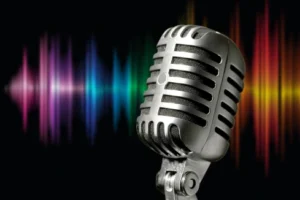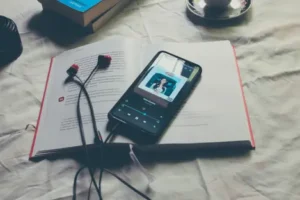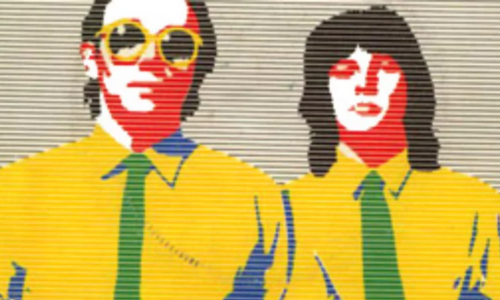When MTV went live in 1981, the first music video to be played at 12.01 am was ‘Video killed the radio star’. The song has been an emblem of sorts since then, reflecting how one technological change renders the preceding one irrelevant. But come 2020 and it seems the tech story may not be that linear. The ‘Radio Star’ today stands reborn and riding the digital wave.
A recent survey by Xaxis India puts the number of people listening to audio streaming devices in India at 200 million. At the same time, Cisco’s Visual Networking Index says that by 2022 India will have 829 million smartphone users. Also factor in the increased content consumption over the last year, with consumers now devoting 19.1 hours per week to listen to music through the smartphone. All figures indicate a strong upwind in the audio medium, and yet it remains one of the most underrated in terms of advertising.
The audio medium in the Indian context has always had far bigger reach than other mass media. The change now is that the content has been freed from a fix format radio and turned into a user-choice oriented internet. While it does look like a ‘reverse gear’ of sorts – since we seem to be going back from the visual to audio medium – but the trend has strong utility reasons.
In a cluttered advertising environment, the audio medium comes as a fresh breath of air. It taps straight into the hearing of a consumer so there is little scope for distraction. Moreover, two audios cannot be played on the same channel, so there is no competition as in the case of a visual window where an ad has to compete with other visual distractions. But the best and the strongest factor is that the audio is highly mobile. Consumers can be doing their household chores, commuting, waiting, exercising, and they can also be listening to audio content at the same time. In terms of production too audio content is easier vis-à-vis visual content.

The buzzword today is ‘podcast’ which simply means net cast. However, it began as a combination of iPod and broadcasting. Just as audio blogging predates Internet (it took 20 years to develop means of circulation), podcasting predates Apple’s formal support to podcasting (which came two years after the word was coined). As per Apple’s statistics, there are currently over 525,000 active podcasts with over 18.5 million episodes.
As a marketer my interest in podcasts is not just driven by the sheer volume of this content but also the fact that podcast advertising has reasons to work better than traditional advertising. It is no secret that traditional advertising methods have become increasingly less effective. Banner blindness, for example, shows that banner ads have reached a saturation point with consumers instinctively blocking them out of their mind. Audio ads on the other hand have a strong emotive appeal. The coming years are very likely to see brands developing their own sonic identity, a track which triggers memory and association with a specific name.
The expanding audio landscape offers us plenty avenues to explore. Digital streaming can include music, live talks, radio, sports commentary, books and podcasts. Platforms such as Spotify, Pandora, Amazon Music, Google Podcasts, Audible have proliferated in the recent years providing scope for programmatic audio advertising. As the audio connect becomes smarter, more personalised and data driven, advertising too is bound to get more focused and effective.

In the Indian scenario, audio medium might be able to break the barriers in terms of reach. It may just be the right answer for the hinterlands that have so far remained untapped because of low connectivity. Audio content is easier to stream and uses less data – factors that make a huge difference in semi-urban and rural settings. Audio advertising will always be a part of the overall digital strategy and not an isolated tactic. But beyond advertising, the medium is likely to transform the way we produce and consume content. The fact that this medium reaches someone who cannot read, might lead to unexpected results in the Indian context. Tools such as smart speakers and smart assistants that have received sluggish response in the American market could make a world of a difference here. If online shopping platforms could sweet talk like the neighbourhood kirana owner, if wedding invites could bully you like aunts, if playstations could guess your mood and if books could read themselves… now that would be something.

